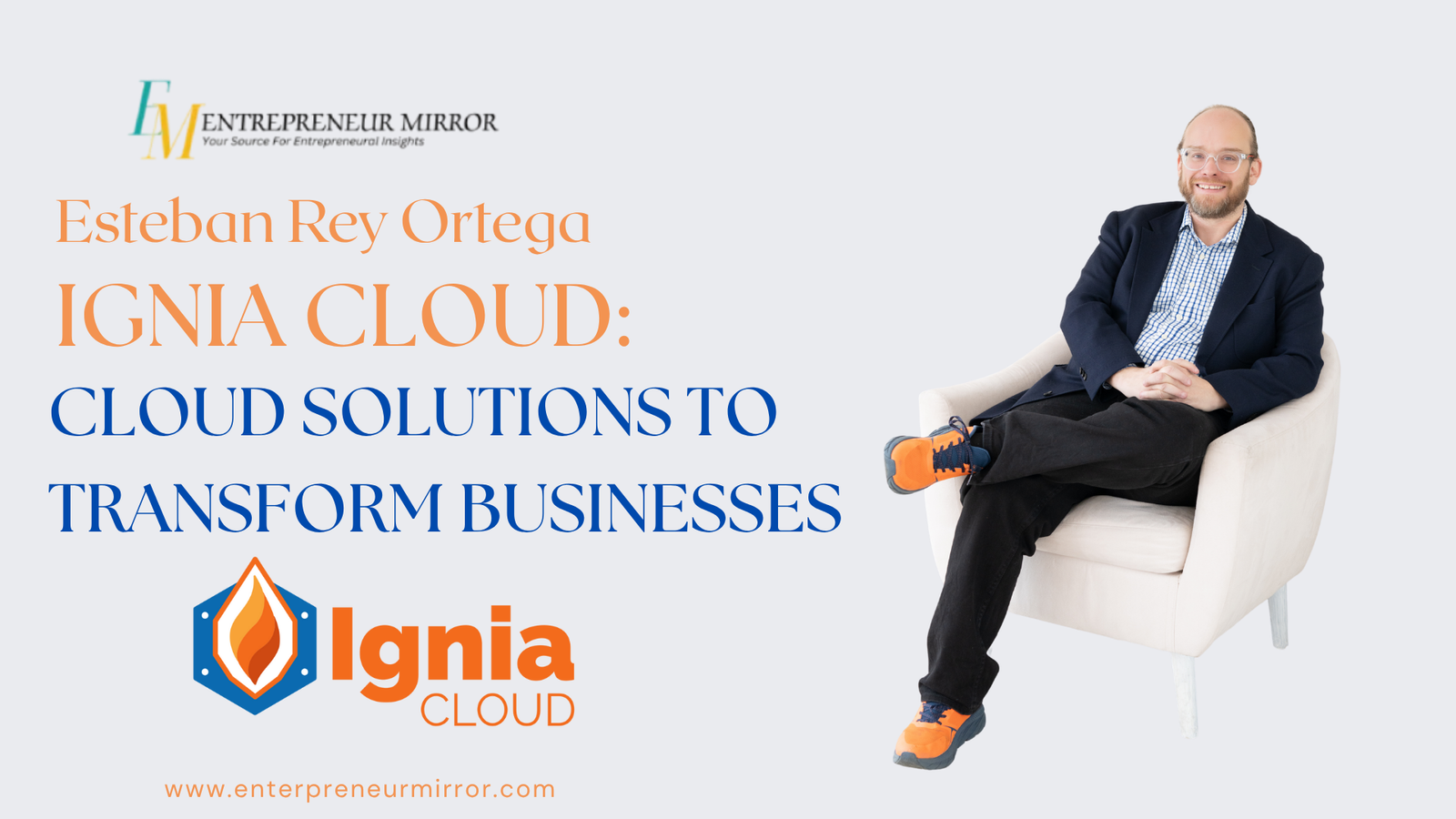Bard Vs ChatGPT: In the world of artificial intelligence (AI) chatbots, two giants have emerged as prominent contenders – Google’s Bard and OpenAI’s ChatGPT. These AI-powered conversational agents have revolutionized our interactions with machines, providing more natural and contextually relevant responses. As businesses and individuals seek to leverage the power of AI chatbots, the comparison between Google Bard and ChatGPT becomes increasingly essential. Let us learn these two cutting-edge chatbot capabilities, features, and differences between these advanced chatbots, analyzing their performance, practical applications, and potential for the future.
The Rise of AI Chatbots
AI chatbots have come a long way since their inception. The advancements in natural language processing (NLP) and machine learning have paved the way for more sophisticated and human-like interactions. Both Bard and ChatGPT are prime examples of AI chatbots that utilize large language models to process and generate responses.
Google’s Bard is built upon the ChatGPT architecture based on the GPT-3 model by OpenAI. Both chatbots excel in understanding context and providing relevant answers to user queries but differ in their implementation and use cases.
Understanding Google Bard
Google Bard is Google’s AI chatbot project, developed using advanced machine learning techniques. It is based on the GPT-3 model and benefits from the vast data processed by Google’s search engine. This gives Bard an extensive knowledge base, making it an excellent tool for providing accurate and reliable information to users.
One of the critical strengths of Bard is its ability to engage in more contextually relevant conversations, thanks to its robust language understanding capabilities. This makes it ideal for various applications, including customer support, content generation, and creative writing.
Analyzing ChatGPT
ChatGPT, developed by OpenAI, is an extension of the original GPT-3 language model, explicitly optimized for conversational interactions. It is a powerful AI chatbot that can understand and generate human-like responses to various prompts. Like Bard, ChatGPT is also trained on vast amounts of data, allowing it to grasp complex concepts and provide well-informed answers.
ChatGPT has seen widespread adoption across industries, serving as a virtual assistant, content generator, and even a language learning tool. Its versatility and adaptability make it a valuable asset for businesses seeking to automate customer interactions and streamline operations.
Key Features of Google Bard
Enhanced Contextual Understanding:
Bard leverages its access to Google’s vast search database to comprehend the context of user queries better, resulting in more accurate and contextually relevant responses.
Fact-Based Responses
Bard’s responses reflect Google’s commitment to providing accurate and factual information, making it a trustworthy source of knowledge.
Multilingual Capabilities
Bard supports multiple languages, making it a valuable tool for users from diverse linguistic backgrounds.
Potential for Integration
With Google’s suite of products and services, Bard has the potential for seamless integration into various applications and platforms.
Key Features of ChatGPT
Language Flexibility
ChatGPT excels at engaging in conversations on various topics, displaying its versatility and adaptability to different contexts.
Creativity and Storytelling
ChatGPT can generate creative stories, opening up possibilities for writers and content creators looking for inspiration.
Customization
OpenAI offers customization capabilities for ChatGPT, allowing businesses to fine-tune the model to suit their specific needs.
Developer-Friendly
OpenAI provides APIs and developer tools that enable easy integration of ChatGPT into various applications.
Bard Vs. ChatGPT – Performance Comparison
When comparing Bard and ChatGPT, it is essential to consider various factors, including language understanding, response accuracy, context retention, and user experience. Both chatbots have demonstrated remarkable capabilities in understanding and generating human-like text, but their performance may vary depending on the use case and context.
Google Bard’s connection to the vast knowledge base of Google’s search engine gives it an edge in providing factual and data-driven responses. Its ability to retain context and maintain coherent conversations is commendable, making it a reliable source of information.
On the other hand, ChatGPT’s strength lies in its versatility and creativity. It can engage in open-ended conversations, generate creative content, and adapt to various user intents effectively. ChatGPT’s customization options further enhance its performance in specialized domains.
The choice between Bard and ChatGPT will depend on the specific requirements and objectives of the user. Businesses seeking a reliable and fact-based chatbot for information delivery may find Bard more suitable, while those looking for a creative and adaptive conversational AI prefer ChatGPT.
Practical Applications
Business and Customer Support
Bard and ChatGPT have immense potential to provide customer support services. They can address frequently asked questions, troubleshoot issues, and guide customers through various processes, improving overall customer satisfaction.
Content Generation
ChatGPT’s storytelling capabilities and Bard’s access to factual information make them valuable assets for content creation. They can assist writers, marketers, and content creators generate engaging and informative articles.
Language Learning
ChatGPT’s conversational nature can be harnessed to create interactive language learning experiences, helping users practice and improve their language skills.
Virtual Assistants
Both chatbots can serve as virtual assistants, helping users with scheduling, reminders, and everyday tasks, enhancing productivity and organization.
Personalization and Customer Engagement
One of the key areas where AI chatbots like Bard and ChatGPT excel is personalization. By analyzing user interactions and preferences, these chatbots can tailor responses and recommendations to individual users, providing a more engaging and personalized experience.
Imagine a customer visiting an e-commerce website looking for a specific product. With its vast knowledge base, Google Bard can provide detailed information about the product, including its features, specifications, and customer reviews. On the other hand, ChatGPT can engage the customer in a conversation, understanding their preferences and suggesting products that align with their needs and tastes.
Personalization not only enhances customer satisfaction but also fosters customer loyalty and retention. By delivering relevant and timely information, AI chatbots create a sense of connection and trust between businesses and their customers.
Improving Accessibility and Inclusivity
AI chatbots are vital in improving accessibility and inclusivity for individuals with disabilities or language barriers. Google Bard’s multilingual capabilities enable it to communicate with users from diverse linguistic backgrounds, making information more accessible to a global audience.
ChatGPT’s conversational nature also facilitates more inclusive interactions. For example, individuals with speech impairments may find it easier to communicate with a chatbot through text rather than traditional voice interfaces. Additionally, AI chatbots can assist individuals with visual impairments by providing audio descriptions of content and guiding them through various tasks.
The Future of AI Chatbots
As AI technology continues to advance, the capabilities of chatbots like Bard and ChatGPT are likely to improve even further. With ongoing research and development, these chatbots may become more contextually aware, linguistically accurate, and emotionally intelligent, leading to more natural and immersive user interactions.
Furthermore, integrating AI chatbots into various smart devices and applications will shape the future of customer experience and human-machine interactions. The continuous pursuit of creating more efficient, reliable, and user-friendly chatbots will undoubtedly pave the way for transformative applications across industries.
Both chatbots demonstrate exceptional language processing capabilities and conversational prowess in the ultimate showdown between Google Bard and OpenAI’s ChatGPT. Google Bard’s factual accuracy and context retention make it a reliable source of information, while ChatGPT’s creativity and adaptability open up opportunities for content generation and personalized interactions. The future of AI chatbots holds tremendous promise, as advancements in NLP, machine learning, and customization enable more tailored and engaging user experiences.
As businesses and individuals leverage the power of AI chatbots to enhance customer experience and streamline operations, the competition between Bard and ChatGPT will drive innovation and set new standards for conversational AI. Whether it’s the reliable Bard or the creative ChatGPT, these AI chatbots are shaping the future of human-machine interactions in profound and exciting ways.
Also Read:































































